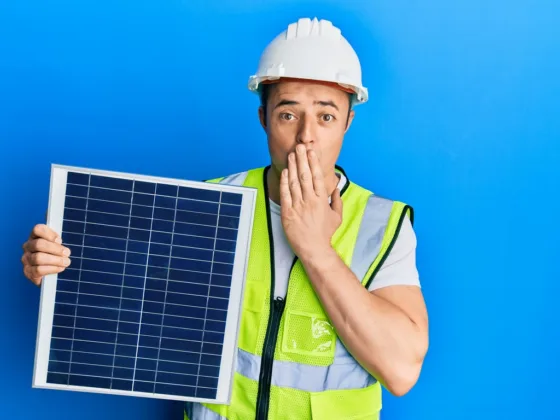One of the most dangerous professions is construction work, and work on the job site is where the vast majority of accidents occur.

Employers should mitigate safety hazards to construction workers, but the workers themselves should keep in mind many precautions when they are working in such hazardous conditions.
1. Awareness
Prior to any worker, no matter his/her level of experience or role can set foot on a construction site, he or she needs to be fully aware of all possible dangers. One of the greatest dangers in any industry is ignorant workers because the mistakes they inevitably make put everybody at risk.
Everyone that steps foot onto a construction site needs to be aware of the risks that come with the job and how they can be prevented by being knowledgeable of construction site safety.
It is the responsibility of construction managers to ensure that all workers are aware of the dangers that come with working on construction sites and to protect workers from those dangers.
2. Training
The vast majority of a construction worker’s skills can be gained on the job, but safety is one skill set that’s best learned before workers enter the construction site. Experienced workers should attend regular training sessions all through the year to refresh their knowledge of standard safety.
The training sessions can go over simple things such as the proper use of ladders and fall protection, but the goal is to ensure that everybody is adequately trained. Workers leaving these training sessions need to know what safety measures to do if there’s an incident.
While workers are expected to regularly attend safety training sessions about construction safety throughout the year, practicing safety skills on actual construction sites would allow construction workers to enforce the safety rules provided. The practicing of construction site safety training skills on-site forces workers to practice those skills in an environment where safety is paramount and will ensure that they are trained.
Read Also:
3. Communication
If workers are unsure what to expect, accidents are more likely to occur. Directly discussing the goals and activities of the day will help eliminate surprises likely to cause bodily harm.
If there’s no proper communication between everybody on the construction site, it will be impossible for workers to know what is to be expected.
Clear and concise communication with everybody not only allows the project to go faster but also ensures that each person stays informed. Informing the staff and ensuring that everybody is doing their job is a proper way to communicate and ensure that they understand construction site safety.
4. Documentation
To enforce construction site safety, you need to ensure that you have proper documentation of everything that’s to be done on-site. Most construction companies have to jump through some legal hoops to start building, and it is important that all required licenses, Advantage construction insurance, and registrations are earned prior to commencement of the work.
Contractors and supervisors that will be required to undertake particularly difficult tasks, such as blasting, should definitely provide evidence of their certification well in advance of their employment on the job site. Not only does this prevent accidents because of improper training, but it also protects the construction firm from public scrutiny and legal action.
5. Proper Equipment
Construction workers who are equipped with the incorrect gear will inevitably make grave errors. Each piece of equipment on the job site should not only be ideally suited to the task at hand, but construction companies should ensure that all materials and machinery are properly maintained.
Construction firms also need to consider the equipment that does not contribute directly to the construction project. Workers should have plenty of water on-site along with some shade to prevent exposure-related illnesses and dehydration. Fabric structures can also be beneficial for longer construction projects for storing equipment and covering incomplete sites.
It is easy to overlook such simple things, and if they are, the chances of on-site injuries will be increased. Proper construction equipment ensures that there’s at least some level of construction site safety within the construction company.
6. Supervision
All construction sites must have a strong supervisor that’s not only willing but also capable of enforcing safety standards without exception. This foreman is required to monitor all employees all through the day and correct anyone that fails to follow the laid down construction site safety procedures.
7. Innovation
If it was not for construction companies being willing to devote additional resources to ensure the safety of employees, the accident rate would actually be higher than it is today.
The extra resources not only lower the rates of workplace accidents and injuries but also help develop new ideas for ensuring the safety of construction workers. The development of new practices for enhancing security must always be encouraged.
8. Transparency
People know that accidents are bound to happen, and as long as contractors do their best to provide a safe environment for workers, any accidents that happen will only contribute to the growing need to augment modern safety techniques. Transparency, as well as the rest of the practices discussed here, will ensure that construction becomes a safe industry to work in.









